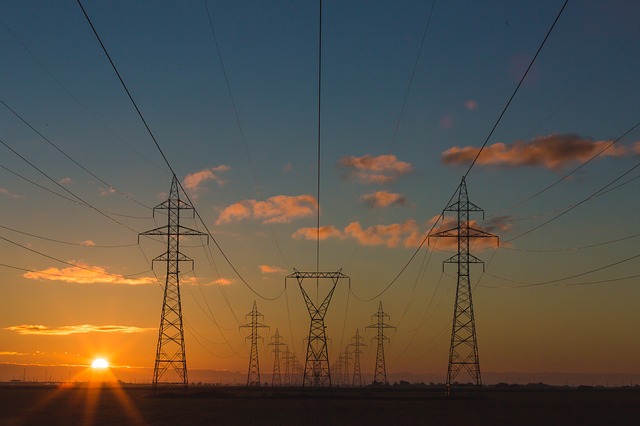As the world grows more and more connected, being able to share resources across distances becomes more and more important. In order to do this effectively, systems on both ends have to be compatible. That may mean one or both have to undergo upgrades and modifications. The process of connecting systems and devices together is referred to as the Internet of Everything. When dealing with energy systems specifically, the process is called the Internet of Energy. Here are five things that you should know about the IoE.
1. What Is It?
The internet as you know it is a system of connected computers. These devices share resources and transfer files across huge distances, and reduce the time needed to share information down to mere seconds. The Internet of Energy is a way to build an internet among energy providers. It will connect different energy systems together in the same way that different computers are connected to the internet. That allows all electricity & internet plans to share resources, no matter who is the provider of each plan.
2. Why Does It Exist?
You may be wondering why such a thing is even needed. The fact is, there is not equal energy access everywhere in the world. Some areas are vastly underserved, with little to no access to reliable energy due to location or infrastructure. Other areas are overserved, with system and power grids that are overpowered for the needs of the surrounding community. Connecting systems together in an IoE will help equalise the energy available across disparate areas.
3. How Does It Work?
Without getting too technical, the IoE works by letting different energy systems talk to one another and share the load. This doesn’t always happen automatically, especially when connecting systems were built by different providers or come from different power sources. In cases where the two systems aren’t compatible, one or both providers may have to do some upgrading to their system. This could mean running new power lines, building new infrastructure, or changing their computer systems to a new format.
4. What Are the Benefits of It?
Building an IoE can help balance energy demand and supply across different areas. For areas where the energy grid isn’t as reliable, due to climate or age or other factors, being connected to the IoE can help bring in excess energy from other places. For areas where there is an exceptionally high power demand, such as hot climates during the summer, the IoE can allow a provider to share out the load to other surrounding areas and reduce the risk of power outages.
5. Why Should You Care?
If you live in an area that is prone to power failures, the benefits of the IoE are pretty clear. It could mean fewer days spent in the dark. There are benefits for those who are fortunate enough to live in areas with a pretty stable power supply, too. Having a system that can share the load with others could mean more resources to support maintenance, which could translate into cheaper energy costs. The IoE isn’t a zero-sum situation. When one area benefits, so do all the others.
The Internet of Energy is a fascinating new concept, and it has the potential to change the energy game for people the world over. It allows energy systems to be connected to each other and share resources and power loads. It may require a lot of work to set up for some systems, especially older ones, but the benefits far outweigh the initial costs. The IoE could mean more reliable power for all customers, as well as more efficient and advanced systems for everyone.





